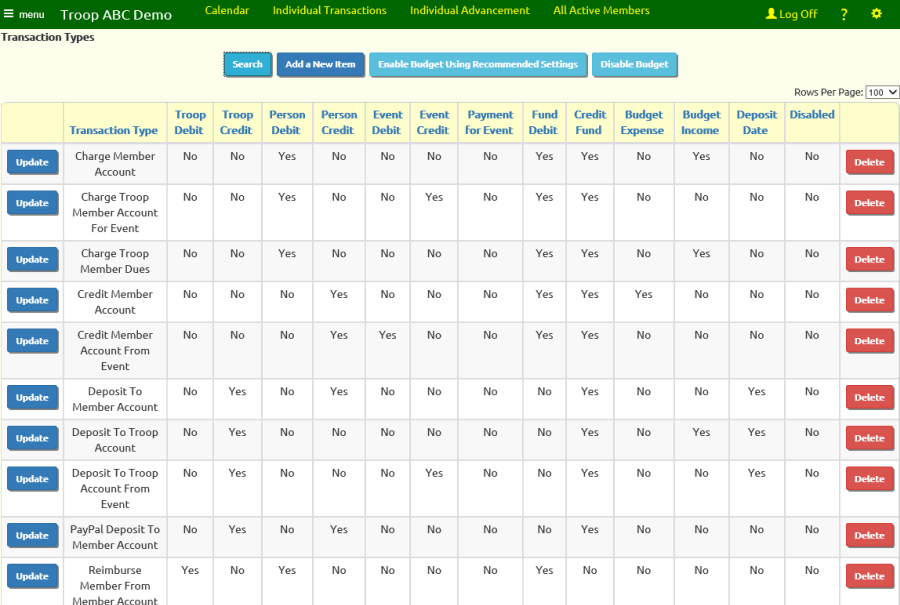Content
In companies, both approaches are often combined to form a countercurrent process. Start by evaluating the scope and objectives of your project.
- StrategyDotZero is built on a framework that brings together planning, performance management, and governance through risk and capability management, to ensure that the enterprise is aligned at all levels.
- Now the traditionally finance-centric CPM can extend out into all areas of the business, and it is easier for finance teams to provide support for decision-makers across the enterprise.
- Control your projects through scheduling, costs, and deliverable management.
- There is overlap with financial planning and analysis (FP&A).
- By perpetually budgeting and re-budgeting the future expenses at regular and brief intervals, a rolling forecast could be tweaked and fine-tuned to accommodate market fluctuation, shortfalls, and windfalls that occur unexpectedly.
- Link strategy to value creation with strategic planning capabilities which enable finance professionals to detect more valuable initiatives and ensure proper capital allocation.
I once worked for a company where the precedent was using the top-down approach when it came to budgeting. There was a system in place and a timeline that was consistent year over year.
Entering Revenue Targets in Planning
Determine what activities will need to be tracked, such as resource allocation and cost estimation, risk management, business intelligence analytics, or reporting capabilities. This research will help you narrow down which software platforms offer the necessary features and tools required for your specific use case.
- Items like backlog management and enhanced support for IoT and sensor data are important to manufacturers like PickerBots.
- Translate business requirements into standards to meet strategic objectives, reducing cost and mitigating risk.
- All that is possible because of the increased computing capabilities – such as in-memory processing and implementation of complex statistical algorithms for prediction.
- Consider the negative impact of being 21 per cent or 26 per cent off for budgeting or revenue forecast as shown in the table below.
By perpetually budgeting and re-budgeting the future expenses at regular and brief intervals, a rolling forecast could be tweaked and fine-tuned to accommodate market fluctuation, shortfalls, and windfalls that occur unexpectedly. Integrated Business Planning is definitely a significant item for improving Enterprise Performance management.
Featured Insights
May require several iterations of the plans to achieve alignment between plan owners and senior management. With bottom up versions, you enter data into bottom level members; parent level members are display-only and don’t permit data entry. Parent member values are aggregated from bottom level members. In this https://online-accounting.net/ section, you compare bottom up plans with top down targets. In the Allocate Plan Targets dialog box, ensure Baseline is selected, and click Launch. After adjusting the revenue and expense targets, you allocate them throughout the organization. You can enter revenue targets and then allocate them to departments.

With the bottom-up planning method, relatively narrow goals are initially set at the lower levels of the organizational hierarchy. They are then gradually integrated into the framework of the global goals and strategy at higher levels. Combine high-level, top-down growth- and margin-based models with detailed, bottom-up personnel rosters and schedules in a single Top-down and Bottom-up planning as an important aspect in EPM platform so you can quickly reconcile differences and address gaps. Inevitably, your organization will drift from your forecast. When that happens, you will need to revisit your plan, assess your performance, and revise your expectations. This periodic reckoning should never come as a surprise, but rather as part of a continuous and dynamic planning process.
Conduct strategic planning with ease
You can identify trends in sales activities or forecast demand for inputs from the supply chain. Companies should focus on cross-functional core processes, e.g., streamlining operational efficiencies, instead of complying with the requirements of separate departments. Management can then focus on major cost drivers instead of single cost figures. Again, this will help managers better align budgeting with organisational strategy and foster collaboration enterprise-wide. Planning across PickerBots’ supply chain was disjointed, with engineers purchasing materials direct and little central planning or cost control. As part of the IBP process, the company will adopt sales and operations planning (S&OP) principles to improve its supply chain and logistics.
Why is top-down processing important?
Top-down processing enables us to shortcut the cognitive path between our perceptions and their meaning. Part of the reason for this is that top-down processing helps us recognize patterns. Patterns are useful because they help us understand and know how to interact with the world.
You enter targets and then allocate them to departments. Manage Approvals Tasks are not allowed, and children of target members must be blank (for example, #MISSING) to enable data input at the top level. One of the other noteworthy advantages of top-down planning is that its targets are global. Because the directives are coming from the head of the organization, a cohesive and uniform message is sent to all departments. This means that there is no extra effort required to realign the endeavors of each department.
A key IBP benefit is that materials are bought at the right price, at the right time and in just the right quantity to fulfill market demand. Brainyard delivers data-driven insights and expert advice to help businesses discover, interpret and act on emerging opportunities and trends. Smarter planning, actionable insights, better outcomes. Boost your knowledge with our inspirational collection of planning-focused analyst reports, documents, and events. Instead of shared services, single sign-on is managed using Oracle Cloud. Rolling forecast wizard, for example, is a flexible planning feature. Oracle Essbase is used for advanced reporting and analysis.



